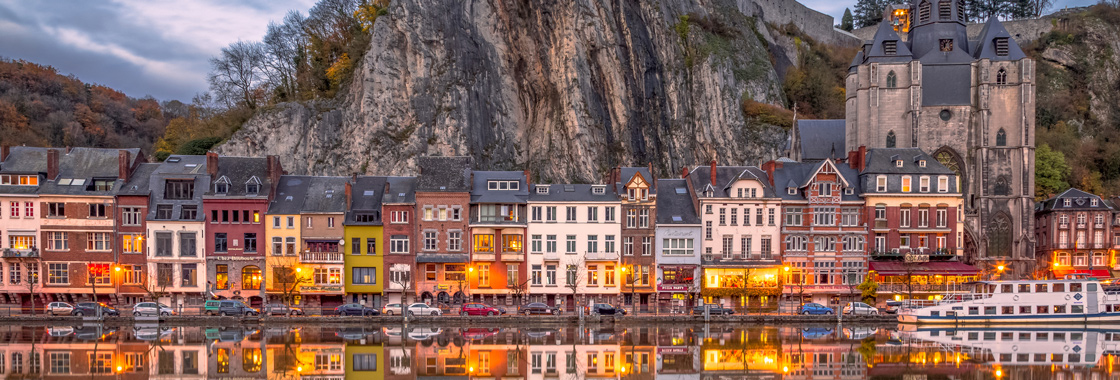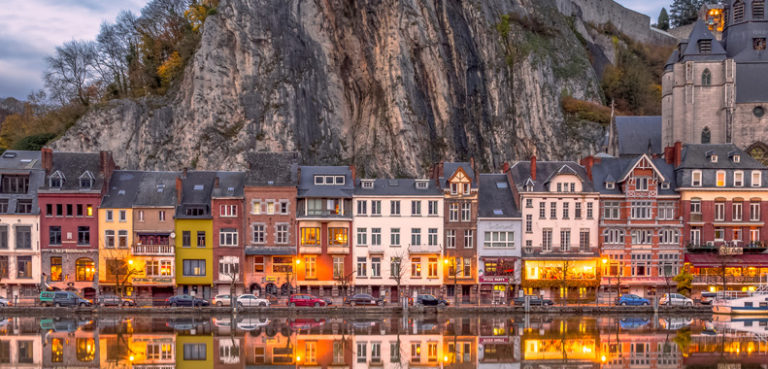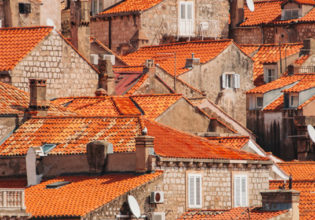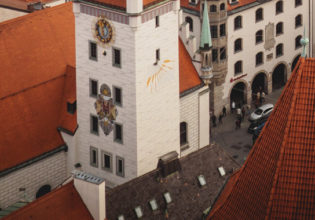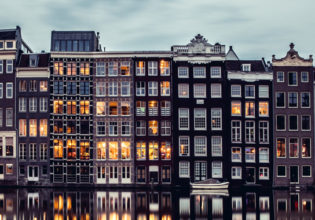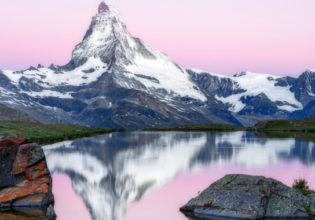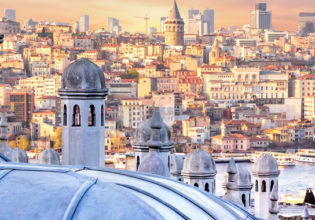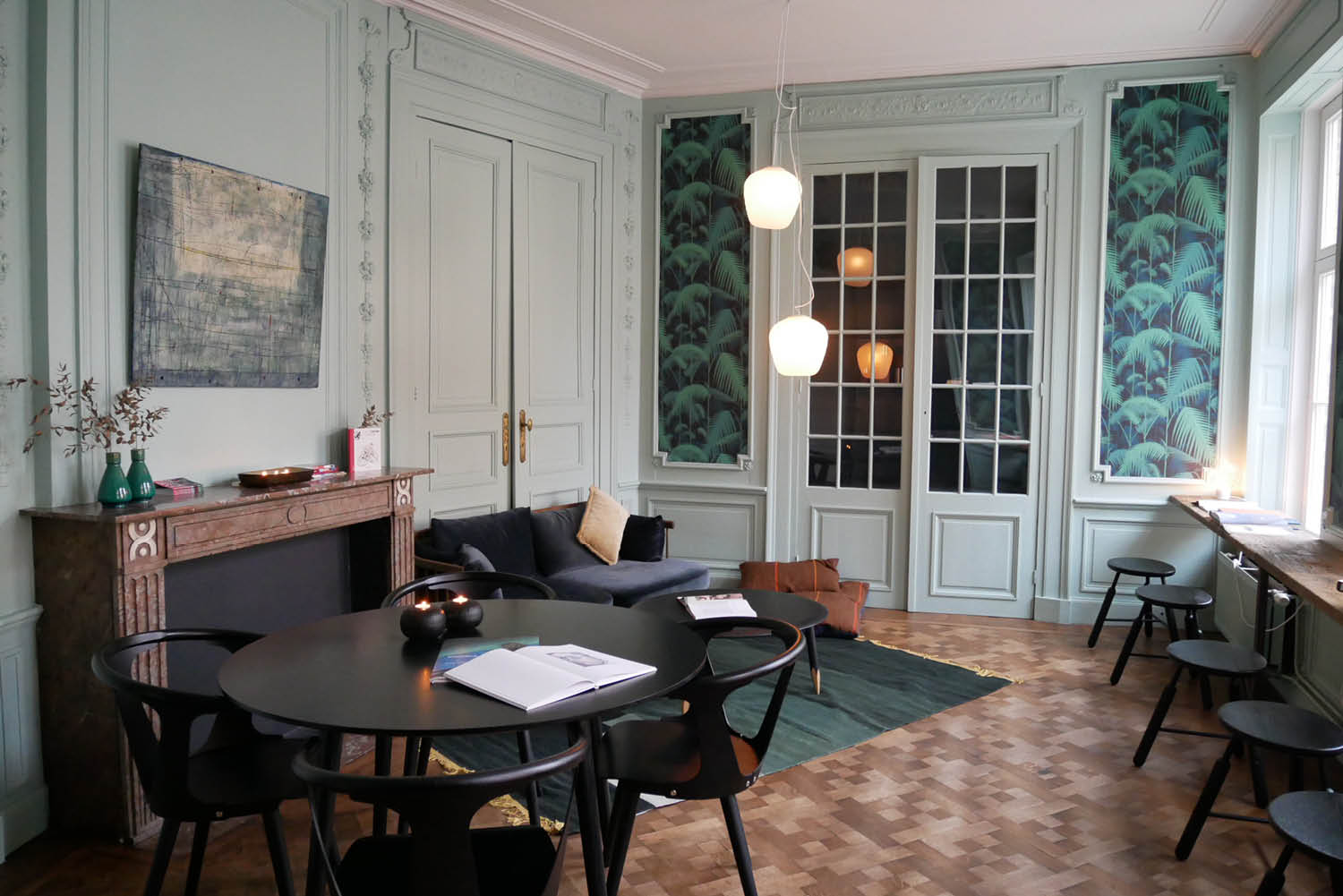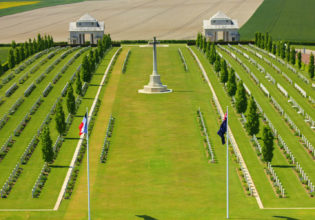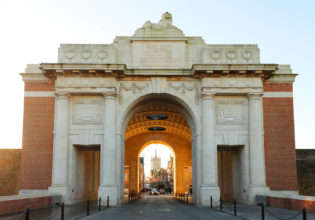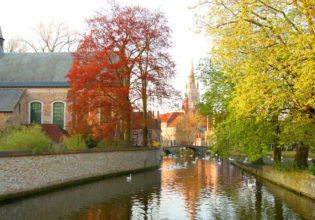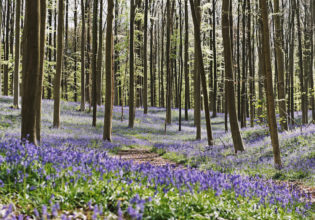From Renaissance art to world war history and cutting-edge fashion, there’s a lot to love about Belgium. Welcome to our Belgium travel guide.
The capital, Brussels, is a majestic city, with historic houses and old paved roads.
The get the most out of Brussels, wander the Sablon area (both the Grand and Petit Sablon) and visit the antiques dealers and taste some Belgian chocolate in one of the many chocolate factories. Discover The Atomium, the spectacular structure created for the 1958 World’s Fair and stay for dinner. Enjoy a famous Belgian beer (and accompany it with a Brussels waffle) on the Grand Place.
Bruges is one of Belgium’s most beautiful cities, with over 10 kilometres of winding canals, vine-covered cottages, sprawling churches and horse-drawn carriages. It’s easily seen in a day but is most serene when the day-trippers leave and the evenings are still and quiet.
Antwerp first landed on the fashion map back in the ’80s when the so-called ‘Antwerp Six’ featured at London Fashion Week for the first time. The collective of six young designers, who graduated from Royal Academy of Fine Arts of Antwerp in 1980-81, soon helped create a reputation for the city (and the art school) for innovative design, fashion and progressiveness.
Since then Antwerp has grown into somewhat of a ‘capital of cool’ in a country firmly rooted in history, medieval art and trade.
For the best shopping, head to the Sint-Andries quarter and the streets off Nationalestraat. You’ll find local designers side by side with global fashion houses and even one of the most enduring of the Antwerp Six, Dries Van Noten.
Stretching over 700 kilometres from the Swiss border to the North Sea, the Western Front is inextricably linked to the Australian psyche in a way that Anzac Cove, Kokoda and Tobruk are. But what stands it apart is that the Western Front was the scene of not one or two military campaigns, but the heart of the First World War one for over four years.
The Western Front is both incredibly heartrending and fascinating to visit. However, traversing the whole stretch is unrealistic for most people, so focusing on the main centre of Australian participation in Belgium is a good starting point – the medieval walled city of Ypres (Iepers in Flemish) is a convenient place to base your exploring from.
Nearby are several important battlefields and cemeteries, including the sobering Tyne Cot (the biggest – and most overwhelming – of the Commonwealth cemeteries), Hill 60 and 62, the battlegrounds of the battlegrounds of the Ypres Salient (which saw the battles of Passendale, Polygon Wood, Hill 60 and others) as well as trench reconstructions, memorials, mostly-overlooked roadside cemeteries and small museums. The modern In Flanders Museum is worth a visit to refresh your chronological history of the war and to find out how the war affected the people of Ypres as well.
Hallerbos, 30 minutes south of Brussels, is a forest famed for its wild bluebell hyacinths that carpet the forest floor in a vivid blue–purple from mid-April. Visitors can get a free walking map at the Halle tourist office and explore the vibrant forest via the marked walking trails.
If you’re planning a trip to Belgium, or merely contemplating adding it to your European itinerary, a stunning hotel can often be the thing that takes you from a ‘maybe’ to putting down your credit card.
With that in mind, this list will bring to the surface some of the top places to rest your head in the beautiful city that is Belgium – all you need to do is choose one.
